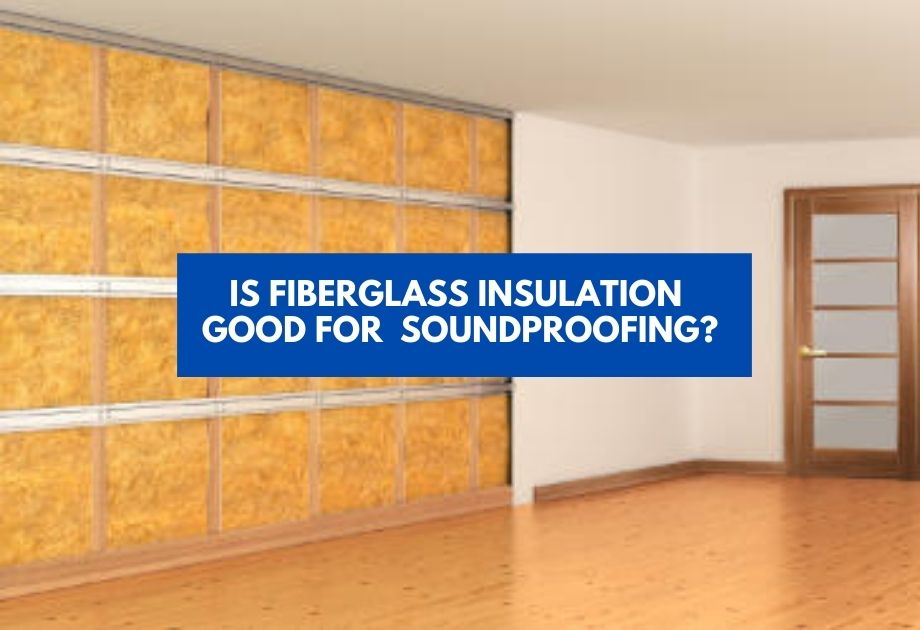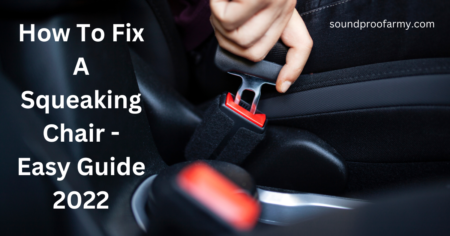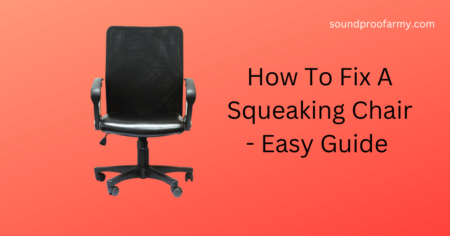Do you want to know how to soundproof a wall cheaply? Then, this post is for you! Soundproofing can be expensive, but it’s possible for you to do it on the cheap. Follow the below tips to do it cheaply.
- Rearrange The Furniture
- Seal Cracks On The Wall for Soundproofing
- Try Acoustic Foam Panels
- Soundproof Curtains
- Soundproof Windows, Air Vents, Doors
These are all easy DIY projects that require little time or money (and they might have other benefits too!). Ready?
Let’s get started!
Table of Contents
The First Important Step On Soundproofing A Wall Cheaply
You need to find the wall that is directly next to where the noise is coming from.
It is on that wall where you should put all those things that will help make the noise problem smaller.
When you rent your house, it is important to reread the rental agreement. This will make sure that you follow all the rules.
Landlords sometimes have a clause that covers the costs of improvements, or they will reduce your rent.
List of Ways on How to Soundproof a Wall Cheaply
If your walls are making noise, you can do one of two things. Or you can also do both.
There are many different types of advice for soundproofing a wall, some of which can be completed at home with only the materials you have available.
Rearrange The Furniture
The simplest and likely oldest method is rearranging the furniture.
Simply move your furniture away from the walls to lessen their sound.
We recommend moving at least a couple of feet away, but if you have large pieces or can’t shift them that far, just as much as you can is fine too.
If there is structure-borne noise, take extra steps to get rid of the noise.
To stop impact noise, you can put furniture close to the wall. Impact noise is transmitted through vibrations in the wall and so furniture can stop it by touching it.
If this doesn’t work for any reason and maybe it’s not practical in some rooms where there isn’t enough space between the wall and how close the furniture is to it (e.g., an office with no windows), then read the second DIY method below.
Seal Cracks On The Wall for Soundproofing
One way to soundproof a wall cheaply is by sealing the cracks on the wall.
Don’t forget about other potential leaks! Wall sockets will also leak unwanted noise into your home if they aren’t sealed tightly
If you live in an apartment, you might hear your neighbors’ TV or stereo.
One of the best ways to seal cracks on the walls is by using soundproofing caulking. It’s cheap, easy to apply, and dries quickly.
The best way to seal cracks in the walls is by using drywall sealant, green glue, or even acoustic caulk.
Acoustic caulk is a good option because it stays flexible, doesn’t shrink, and is also permanent.
This material is easy to apply and it is rubbery. You can get it from different brands in different forms, including:
Franklin International Sound Sealant
Big Stretch Sashco caulk
Try Acoustic Foam Panels
The acoustic sound panels are soundproofing products that block sound waves.
They have the ability to absorb sound, and as a result, they can significantly reduce volume levels in any room or space.
Here is how you install them:
- Gather materials needed for installation–acoustic foam panels, construction adhesive, drop cloths, utility knife (if cutting your own foam), screwdriver/drill with Phillips bit, leveler tool, or straight edge ruler.
- Create panel layout on the wall by measuring the desired height of each panel and marking spots where panes will go with pencil lines; then cut out spaces using a utility knife so each pane fits snugly into place.
- Apply construction adhesive evenly over the backside of a sheet of acoustic foam panels and press soundproofing panels into position on the wall, holding them in place at a 45-degree angle for about 20 seconds.
- Use a leveler tool to ensure each sound panel is parallel with the next so sound waves are redirected uniformly back towards the exterior of the building. Make sure the installation area is well lit and that you have plenty of space around the work area (to avoid hitting other surfaces).
After installation, use a screwdriver or drill/screws to secure acoustic foam panels tightly against walls with Phillips head screws; make sure no part of sound blocking material protrudes from the wall more than an inch.
If this method doesn’t work for you then you will go for the next method.
Soundproof Curtains
Soundproof curtains are a great solution for soundproofing your walls.
These soundproof curtains are thicker than normal curtains and have a good ability to absorb sound.
This will create an airtight barrier that blocks out any outside noise because sound waves cannot penetrate through the fabric as they can with drywall or plasterboard.
The downside of this method is that it does not work against low-frequency sounds such as from cars driving by (unless there’s a buffer zone) but it works well in stopping high-frequency noises such as talking or TV shows playing in the next room over.
Soundproof Windows, Air Vents, Doors
Noise might intrude into your room through windows, doors, and/or air conditioner vents.
Use rolling blinds or shades to cover windows that face outside.
This will keep sound from seeping in through cracks and gaps in the window frames, which can be an especially big issue with older homes where drafts may sneak inside during colder months.
You could also try to make the doors quieter. Modern doors are designed to let out a lot of noise.
When we have gaps between the door and the door frame, outside noise can come into our rooms.
You could replace your hollow door with a thick solid core door- but this is an expensive option and it might be more than you planned to spend.
You can’t hear anything from outside when you have soundproofing blankets like audio mute noise-canceling sheets.
I recommend them because they are cheaper than other options.
Window insulation is good for quieting the noise and keeping heat from escaping your home during winter.
Soundproofing Walls Myths Debunked
Before I finish, I want to tell you that some of the soundproofing tricks that some people have said do not work in this case.
They include:
Acoustical Wallpaper & Soundproofing Paint:
Acoustical wallpaper won’t stop noise from coming into your room.
The product is designed to deal with airborne sound waves and not impact vibrations, but these wallpapers are excellent in improving the acoustics of a given space.
I’d recommend you install them in projector rooms because as anyone that has one knows, they’re usually really echo-y!
Soundproof paint isn’t great at stopping structure-borne noises either so if loud sounds bother you then it might be worth looking for another option.
Using Carpet And Rugs For Soundproofing The Wall:
You can try using carpet and rugs to make the sound less audible from the other side of the wall.
It’s not a perfect solution, but it might help some (depending on the situation).
In addition, carpets and rugs on the wall are a perfect way to get some color in your house. They can also make a statement about the type of people that live in that space.
Final Words On How To Soundproof A Wall Cheaply
You can use these tips to make a wall soundproof cheaply.
In this article, we talk about how soundproofing can be an inexpensive DIY project.
However, by using these methods you won’t stop the noise problem completely. Instead, you can reduce it to a manageable level.

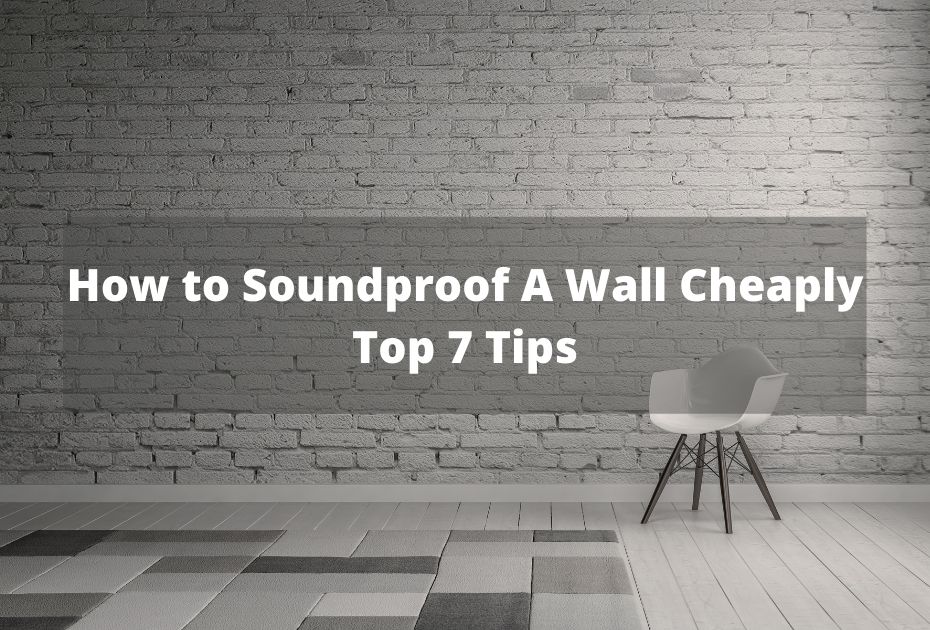


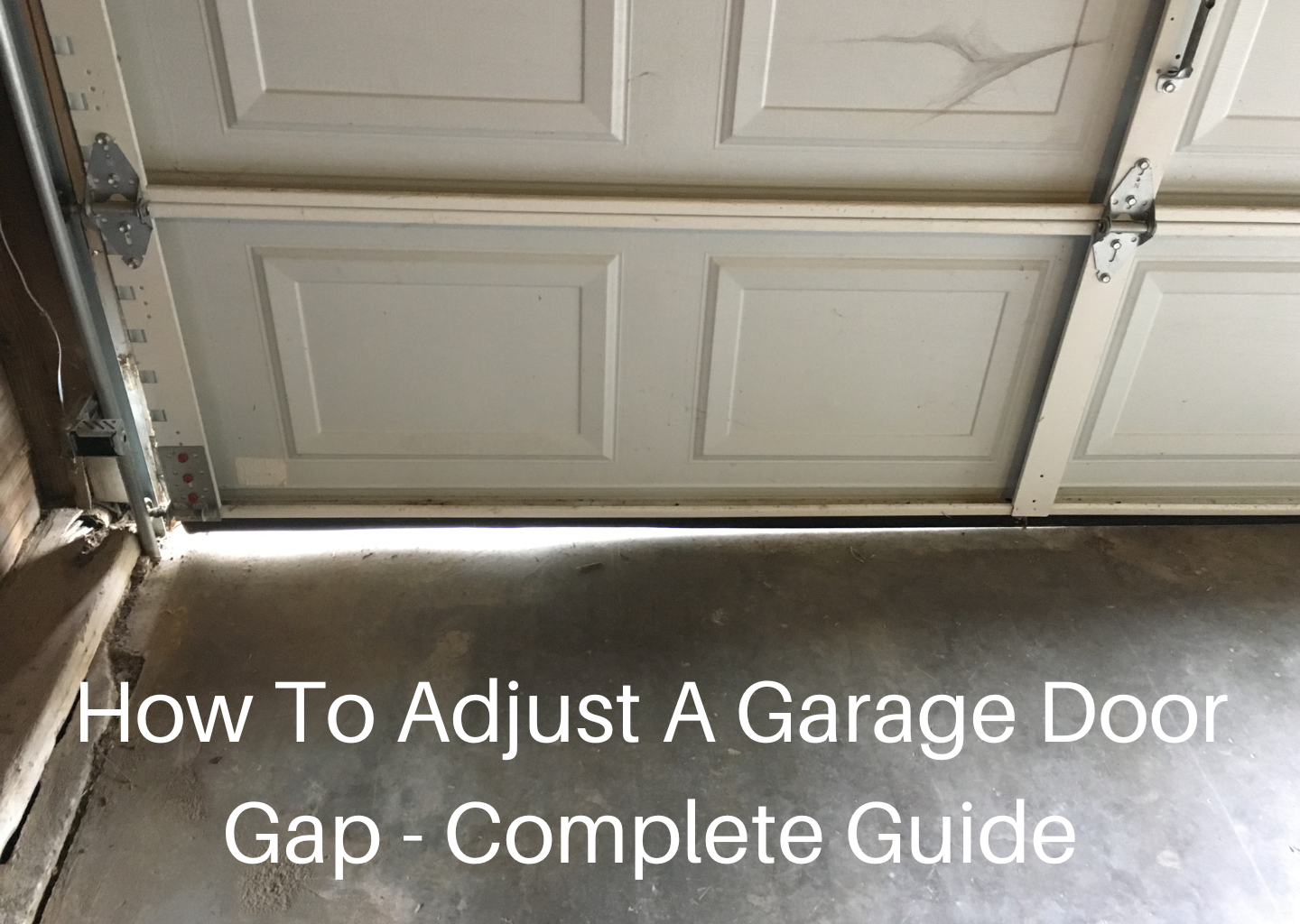
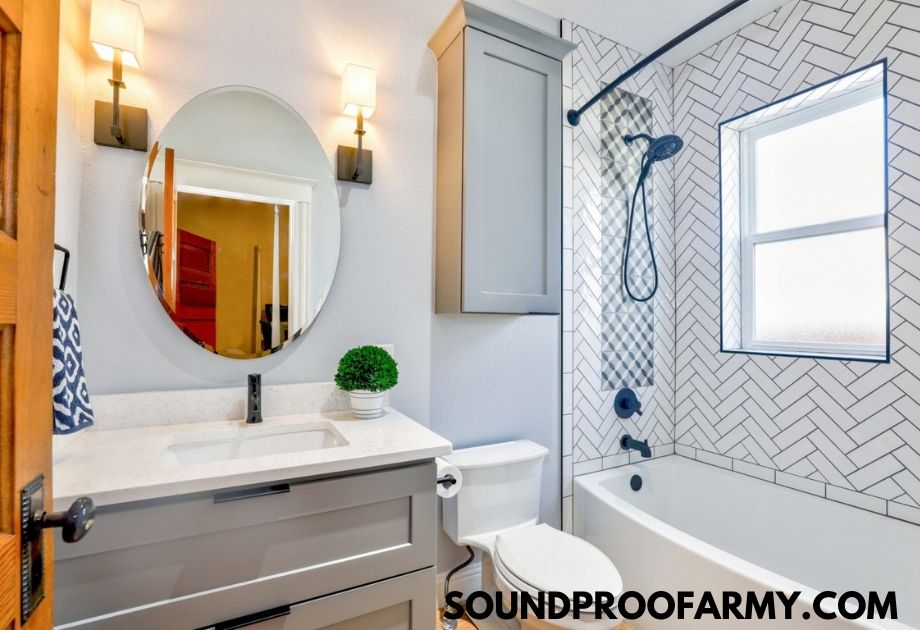
![How To Soundproof A Basement Ceiling Cheaply [9 Ways]](https://soundproofarmy.com/wp-content/uploads/2021/06/cheapest-ways-to-soundproof-basement-ceiling-Simple-DIY-Hacks.jpg)
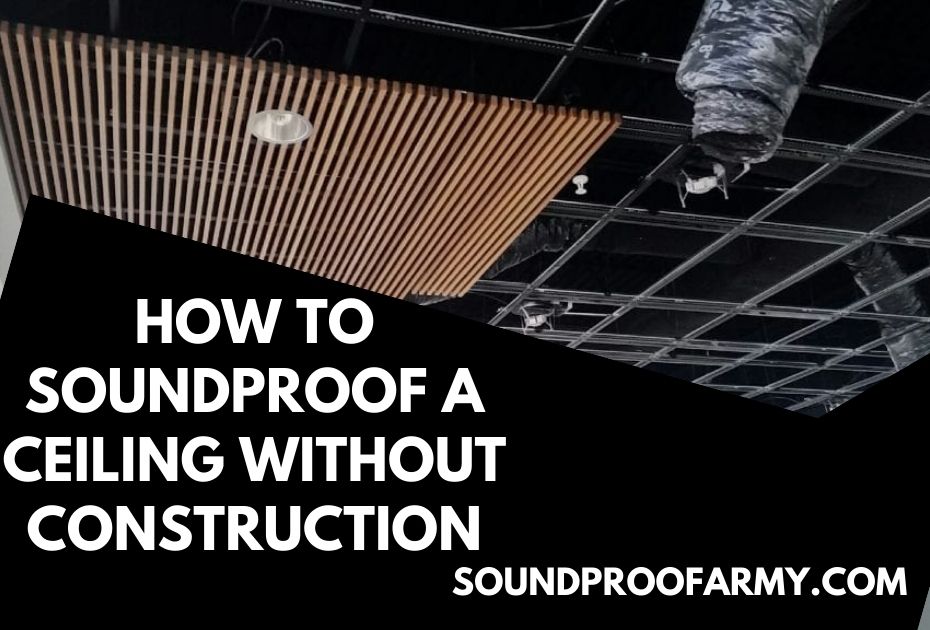
![How to Soundproof a Door with Household Items [14 Effective Ways]](https://soundproofarmy.com/wp-content/uploads/2021/07/How-to-Soundproof-a-Door-with-Household-Items.jpg)

